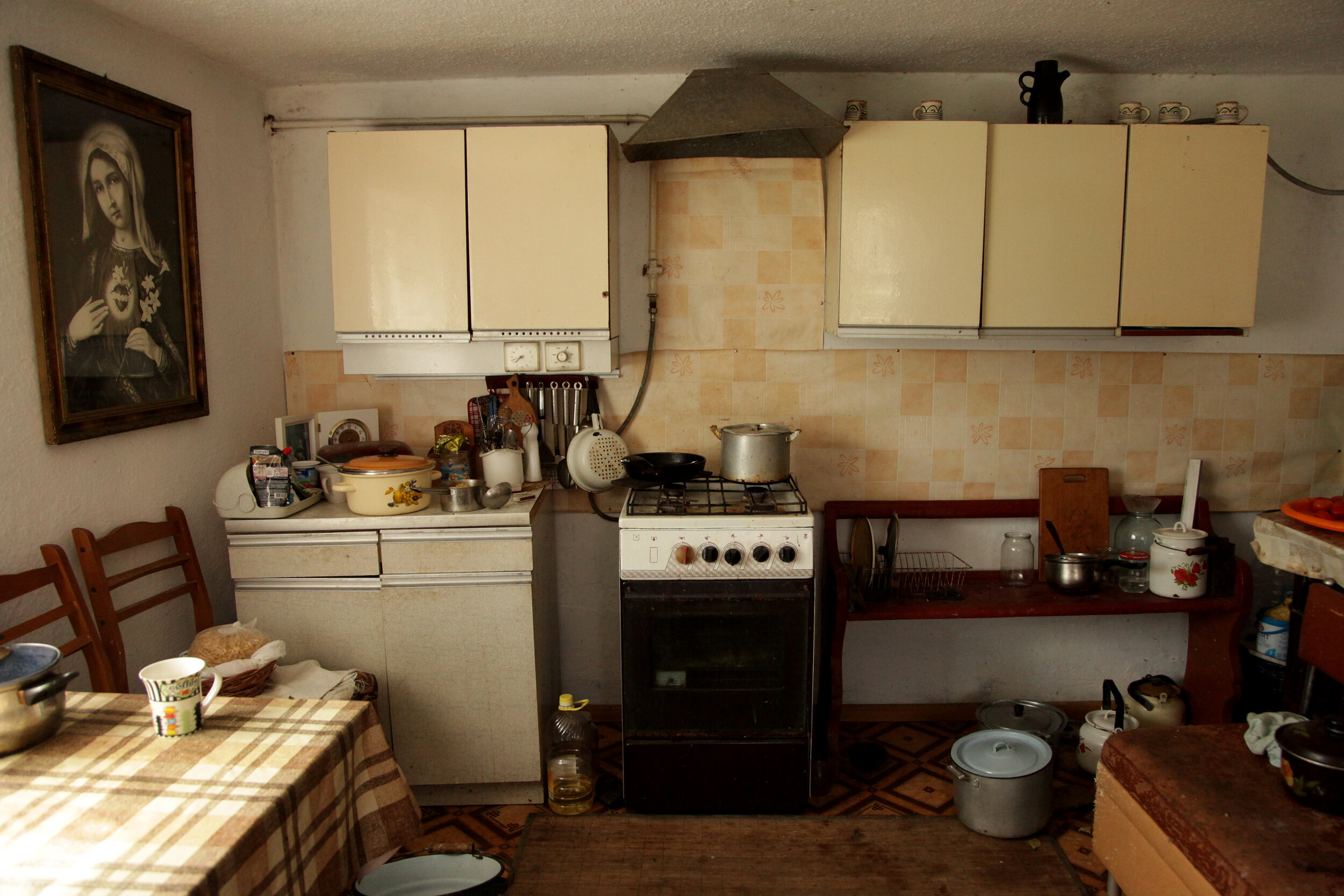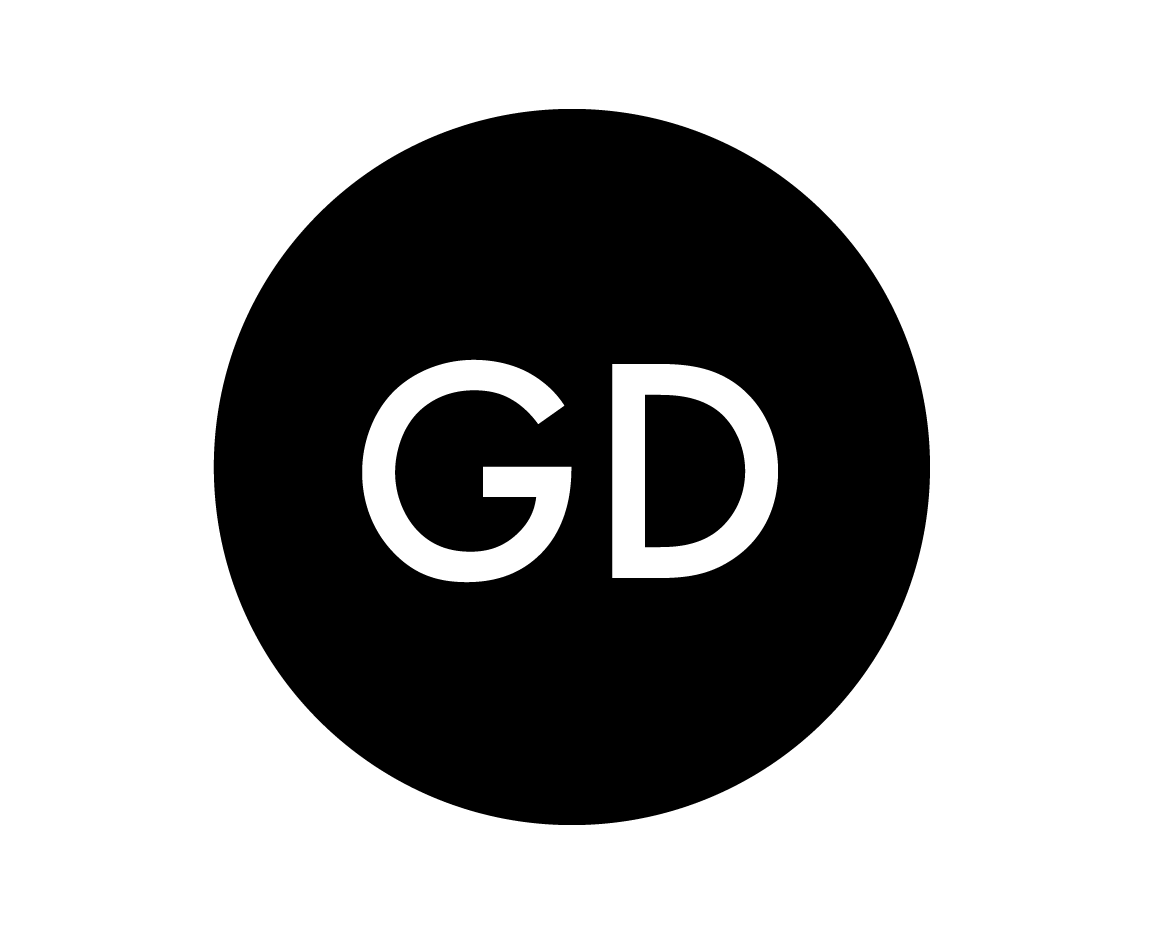Testament and Q&A






by Kateryna Pavlyuk
“This photo series documents a surreal summer in Ukraine, in a year when Christenings were conducted in masks and affection was necessarily expressed through distance, rather than proximity. Although unpopulated, these photos carry the imprint of people on the homes they are confined to and testify to the solace that religion offers to many in dark times.”
A self-taught photographer and Goldsmiths-taught filmmaker, Kateryna’s work focus on reframing the quotidian and is underpinned by a fascination with composition and how the camera lens can see in ways our eyes cannot. Kateryna’s photography has previously featured in various student magazines, journals, and exhibitions, and has been shortlisted in London Photo Festival competitions.
Q&A with contributor by Dimitar Dimitrov
From my understanding, you're from Ukraine. Did you grow up there, and if yes, can you describe your experience and your religious background?
I was born in Ukraine but was actually raised in the UK. We moved when I was three and I wish I could say I remember my early years in Ukraine, but I’d be lying. My ‘memory’ of my first years in Ukraine is informed pretty much entirely by a single cassette of film, and even then it only fills in one day; my parents borrowed a camcorder from a relative for a single day and filmed me voraciously for 24 hours. I think my mum wanted to showcase my entire wardrobe in this single day, so the film features an absurd number of outfit changes. Even though I do very little, it means a lot to have these select, grainy snippets to fill the gaps in my early memory.
Although I grew up in the UK, in South London specifically, I was raised in a deeply Ukrainian home, so even on the opposite end of Europe, I was still surrounded by the language, food and culture of Ukraine. With regards to religion, I’m not religious myself. I was raised Catholic but disconnected with religion in my teens. That said, my parents remain religious and I’m deeply appreciative of and fascinated by faith.
What was your inspiration behind this photo series?
Every summer I visit my extended family in Ukraine and I always document these summers, through film and photography. It goes without saying that this summer was different. We didn’t think we would make the trip this year, but a number of important family events were planned – weddings, christenings – that we didn’t want to miss. These summer reunions are always saturated with affection, almost as if to make up for the entire year we’re all apart. This summer – just like everyone the world over – we had to try and express this affection over two metre distances and in masks. This series tries to capture that experience without actually photographing any masks, distanced crowds or, indeed, any people at all.
How has growing up in your environment affected your photographic vision and perhaps this series in particular?
I think the very fact that I haven’t grown up in Ukraine is a huge part of why I have this urge to document everything when I’m there. Relatives always raise eyebrows or laugh at me for photographing something deeply mundane in their eyes, but for me everything takes on an uncanny quality, of being familiar but not quite native. In this series especially, I wanted to preserve the additionally surreal quality that every room, event and interaction took on this summer. The hope is that next summer, I won’t be able to recreate any of these photos of unnerving, empty spaces, because every corner of every house will be filled with people and life.
In your submission you explain that 'Christenings were conducted in masks and affection was necessarily expressed through distance, rather than proximity' and that distance and isolation is indeed visible in your photographs. How did COVID affect your photography approach and your perspective when creating this series?
My photos from Ukraine are usually densely and intimately peopled – full of portraits and gatherings. This year I had to take a step back from everyone and so I turned my lens to lived and local spaces instead, which have become the parameters of people’s worlds. It was initially difficult to produce photos which were anything other than run-of-the-mill cityscape shots and flat images of a flat’s interiors, but I then noticed a recurring, albeit unplanned, motif in all my photos: religion. Despite the huge public health risk, many religious services continued and people were spilling out onto the streets outside churches on Sunday mornings. It’s easy to condemn this as reckless behaviour – and I’m certainly no advocate – but this speaks volumes about quite how important religion is to people, and I wanted the series to capture the significant role religion plays there, even and perhaps especially now.
Can you also expand a bit further on the role religion plays in your country and why it appears to be a motif in this series?
Ukraine is a deeply Christian country, and although that might be shifting now with younger generations, faith remains central to so many people’s lives and ways of living. I’m often frustrated by the hypocrisies this sometimes gives rise to, but I know and understand that, for so many, the church offers so much – be that community or hope. As I mentioned above, I didn’t necessarily set out to have religion as one of my motifs, but I soon found I could rarely take a photo in which this theme didn’t feature. Once I then began seeking out these religious elements myself, the series came together pretty organically.
